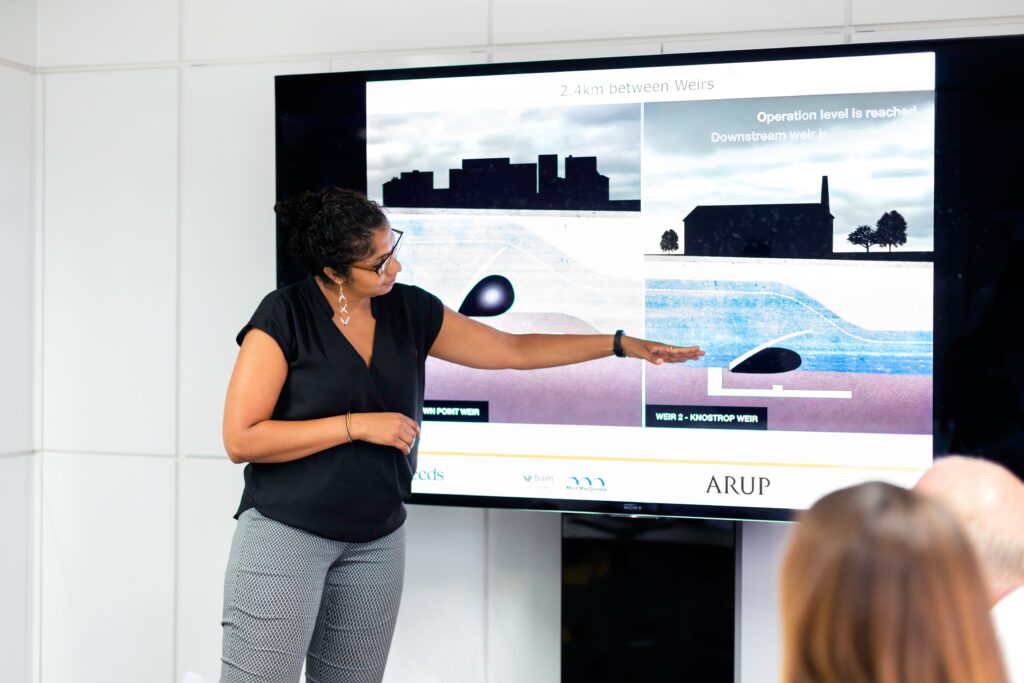What makes a good virtual presentation?
In this day and age, virtual presentations are everywhere thanks to modern technology and with most people working from home, so are potential distractions. With an attention span of 5 minutes, the average audience is going to tune out 75% of the time. So how do you keep your virtual meetings and presentations engaging and effective?
Here are 10 tips for giving engaging virtual presentations:
1. Be Brief
Audiences begin to lose attention after roughly 10 minutes of hearing from the same presenter. If you have more than 10 minutes of content, use interactive activities to keep your audience engaged (for example, take a poll, give quizzes, or ask audience members for their opinions via chat).
2. Be Simple
Don’t fall victim to “death by PowerPoint.” Keep slides to a minimum and easy to read— avoid too many words, graphics and animation features. Less is definitely more!
3. Be a TV Personality
Look straight into your camera, not the screen. Wear clothing that is neutral in color (no plaids or stripes). Light yourself well and from above. Be mindful of what appears behind you in the background and avoid distracting virtual background images. Invest in a good microphone.

4. Be Standing
Even though your audience cannot see you, stand when you present. This allows you to stay focused and use good presentation delivery skills such as belly breathing, vocal variety, and pausing.
5. Be Prepared
Practice delivering your presentation in advance. Be sure any features you want to use are working properly. It’s also advised to record your practice session so you can watch and listen to find out what works and what you can be improved.
6. Be Assisted
Have someone available to deal with technical issues and to field email/text questions. Also, if you have multiple remote audience members in one location, be sure to pick one of them to be your “eyes and ears.” Ask them to queue up questions and facilitate discussion on your behalf.
7. Be Specific
Ask pointed questions to avoid too many people answering at once. For example, rather than ask, “Are there any questions?” try “Who has a question about the solution I provided?” Set a ground rule that people state their names prior to speaking.
8. Be Synchronized
Transitions are critical. You must connect what you just said to what is coming next when you move from point to point. Transitions between topics and slides are good opportunities to get people re-engaged to your talk.
9. Be Connected
Imagine your audience even though you can’t see them. You can place pictures of audience members behind your camera so you can look at people as you present.
10. Be Early
Encourage your audience to access your call or webinar in advance of the start time so you can iron out any technical issues in advance and get them familiar with the technology.

By now we have all hosted or attended a virtual presentation. Many of them in fact!
Always keep in mind, whether presenting in-person or virtually, all presentations are a performance. A performance that is in service to your attendees. Their time is a prized commodity, so pay homage to that time by executing the best presentation you can. Strive to find ways to create opportunities for attendee participation, focus on establishing an authentic audience connection, maintain engagement with a dynamic script and deliver value with you content – and remember – you are the star of the show! Roll out the red carpet for your audience!
















